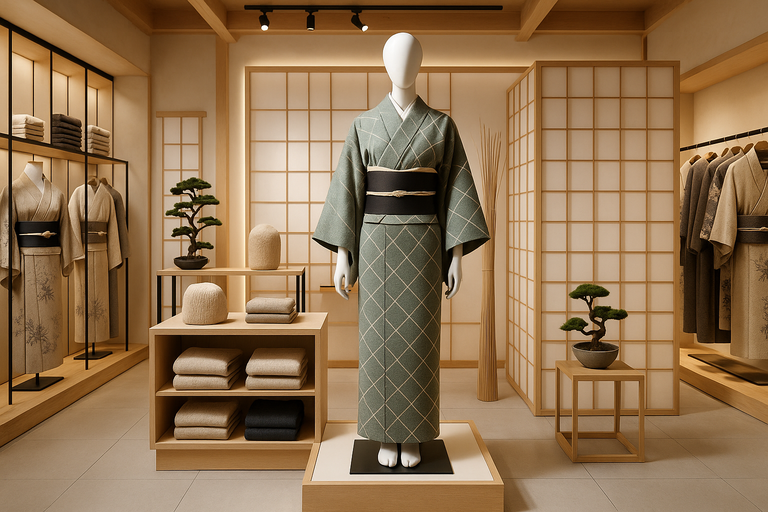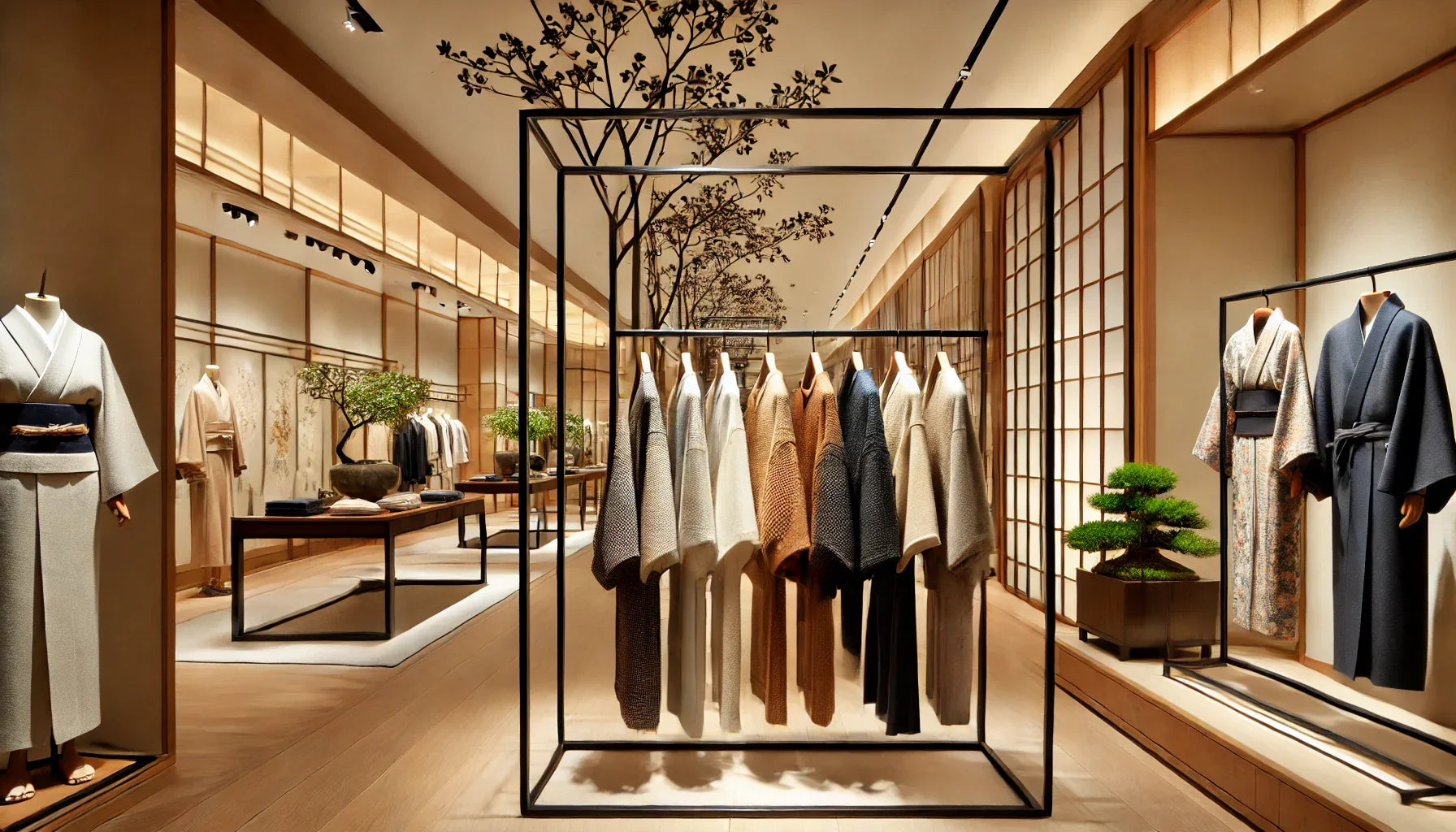table of contents
In the fashion and retail industries, mannequins are an essential tool for displaying and promoting products. These display figures not only showcase clothes and accessories in an appealing way, but also establish brand identity and provide a professional and engaging experience for customers. From high-end boutiques to fast fashion stores, and from bespoke tailors to fashion shows, various types of mannequins are used to offer realistic styling.
This article will introduce in detail the types, characteristics, and uses of mannequins from the perspectives of the fashion, sports, interior, and advertising industries. 
1. What is a mannequin and why is it important?
A mannequin is a human-like model used to display fashion items and accessories in stores, showrooms, exhibitions, etc. Using the right mannequin can improve the shopping experience and increase sales.

Why mannequins contribute to increased sales
- Attracts customer attention: Clothes displayed on mannequins are more likely to catch the eye than products on a shelf.
- Provides realistic wearing images: Customers can visually see how the garment will look when worn and how it will look.
- Emphasize brand identity: By using mannequins that match the theme of the store and brand, a unified shop design can be achieved.

The difference between static and dynamic mannequins
- Static mannequin: A fixed pose, such as standing or sitting.
- Dynamic mannequin (movable mannequin): The joints can be moved and it can be posed in different ways.
2. Types of mannequins for different purposes
Mannequins are classified into various types depending on their purpose: there are mannequins specialized for fashion stores, exhibitions, sporting goods stores, the advertising industry, interior design, and more.
Retail Mannequins
These types of mannequins are primarily used in apparel shops and boutiques and come in the following varieties:
- Full-body mannequin: Ideal for displaying complete outfits.
- Torso mannequin (upper body): For displaying shirts, jackets, and tops.
- Leg mannequin (lower body): Specialized for displaying pants, skirts, and shoes.
- Head and neck mannequin: Use it to display hats, glasses, and accessories.
Sports Mannequins
Sporting goods stores use mannequins suitable for selling sportswear and training gear.

- Dynamic Poses: Recreate movements like running, weightlifting, yoga, soccer, and more.
- Muscle mannequin: Ideal for displaying fitness wear and bodybuilding products.
- Durable materials: Many models are made from reinforced plastic or fiberglass.
Children's Mannequins
These mannequins are used to display children's and baby clothes, and come in different sizes for different ages.


Luxury & Artistic Mannequins
These unique and highly designed mannequins are used by luxury brands, fashion shows, and galleries. The shapes themselves are works of art that create a unique worldview for the sales floor.
3. Types of mannequins by material
There are many different materials used to make mannequins, each with its own benefits and applications.
Fiberglass mannequin
- Features: Lightweight, durable and smooth surface.
- Uses: For high-end apparel shops and boutiques.
plastic mannequin
- Features: Low cost and high impact resistance.
- Uses: Fast fashion stores, outlet shops, etc.
wooden mannequin
- Features: Natural and minimalist design.
- Uses: Custom tailoring boutiques, traditional craft stores, etc.
Metal Mannequin
- Features: Modern design and durable.
- Uses: Industrial style stores, art exhibition spaces, etc.

4. How to choose the best mannequin
Choosing a mannequin that matches your brand's style
- Luxury brands → High-quality fiberglass mannequins.
- Casual brand → Lightweight plastic mannequins.
- Natural style shop → wooden mannequins.
Selecting the right size for your target customers
- Choose sizes that fit your target demographic (youth, adults, plus sizes, etc.).
Color & Finish Selection
White and black are classic colors that can be easily matched with any brand, while gold and silver are effective in creating a luxurious feel. Choose a surface finish, such as matte or gloss, to match your brand image.

5. Summary
Mannequins play an important role in the fashion and retail industries, contributing greatly to increasing sales and establishing a brand image. There are a wide variety of mannequins available, from static to dynamic, sports to artistic, each suited to a different purpose.
Choosing the right mannequin and utilizing the right display strategy will help you create an engaging shopping environment for your customers and lead to the success of your brand.
inquiry
If you have any questions, please feel free to contact us.
👉Contact us here




